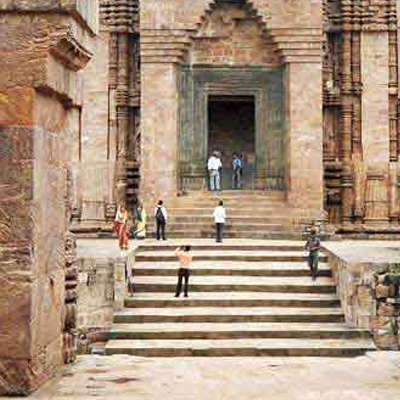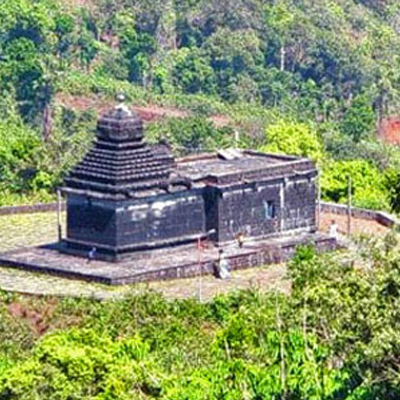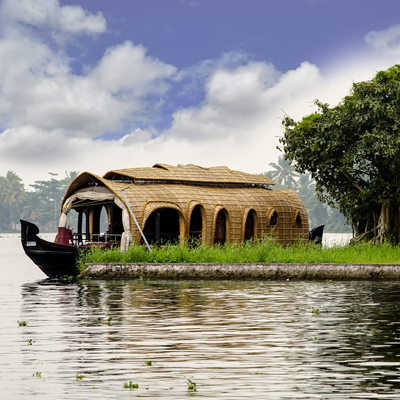India, renowned for its extensive and varied geography, boasts a multitude of impressive dams that play a pivotal role in shaping the nation's water resources and infrastructure. These monumental structures not only facilitate the supply of water for various purposes such as drinking, irrigation, and hydropower generation but also serve to control floods, support livelihoods, and serve as captivating tourist attractions.
Among these remarkable dams is the Bhakra-Nangal Dam, one of the largest in India, situated across the Sutlej River in Himachal Pradesh. This engineering marvel features a vast reservoir, Gobind Sagar, which irrigates more than 1.3 million hectares of farmland, thereby transforming the surrounding area into a flourishing agricultural hub. Additionally, the dam generates an impressive 1,500 megawatts of electricity, supplying power to residences and industries throughout the region.
Situated amidst the majestic Himalayas in Uttarakhand, the Tehri Dam stands as the tallest dam in India. Its imposing structure overlooking the Bhagirathi River encompasses a vast reservoir that serves as a crucial source of water for irrigation, drinking, and hydropower generation.
The Maheshwar Dam on the Narmada River serves as a multi-purpose project, facilitating electricity generation, irrigation for agricultural lands, and flood control for the region. Its distinctive horseshoe-shaped spillway and impressive height offer a captivating sight for both visitors and engineers.
The Hirakud Dam on the Mahanadi River holds the title of being the longest earthen dam globally. Its expansive reservoir covers a vast area, catering to irrigation needs, flood control measures, and hydropower generation. This dam has played a crucial role in stabilizing the water supply in Odisha and enhancing its agricultural output.
The Nagarjuna Sagar Dam, constructed across the Krishna River, ranks among the largest dams worldwide. Its extensive reservoir supplies water to several states in southern India, transforming semi-arid regions into fertile agricultural lands. The Mettur Dam, also referred to as Stanley Dam, stands as the second largest masonry dam in India. Situated on the Cauvery River in Salem district, Tamil Nadu, this monumental structure measures 125 feet in height and 1,730 feet in length. Initially built in the early 20th century for flood control and irrigation purposes, the dam now serves as a scenic destination for activities such as boating, fishing, and birdwatching.
The Srisailam Dam, situated across the Krishna River in the states of Andhra Pradesh and Telangana, stands as one of the largest dams in India. Rising to a height of 512 feet, it also holds the distinction of being among the tallest dams in the country. Its impressive stature and tranquil surroundings make it a popular destination for tourists and adventure enthusiasts.
Similarly, nestled amidst the verdant Western Ghats in Kerala, the Idukki Dam stands as a remarkable feat of engineering. Spanning across three rivers - Periyar, Cheruthoni, and Thalayar, this 554-feet-high arch dam plays a crucial role in providing electricity to the state. The picturesque hills and the reservoir surrounding the dam attract nature enthusiasts and photographers alike.
These examples highlight the presence of numerous grand dams that adorn the landscape of India. These engineering wonders symbolize human creativity, innovation, and the significance of water conservation.


